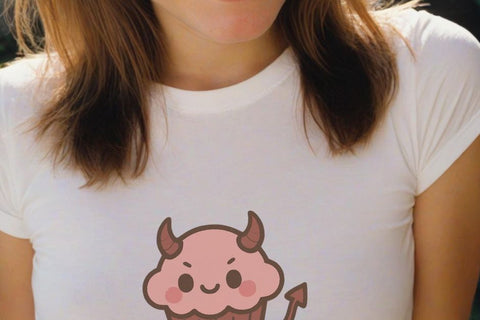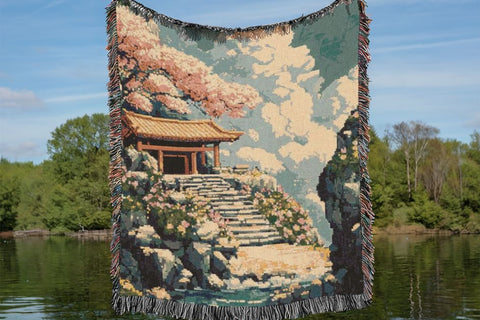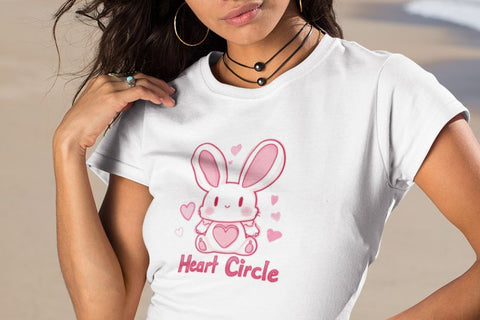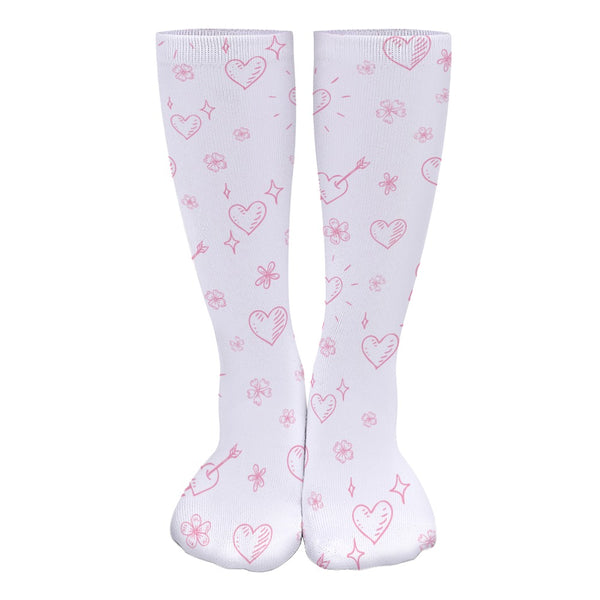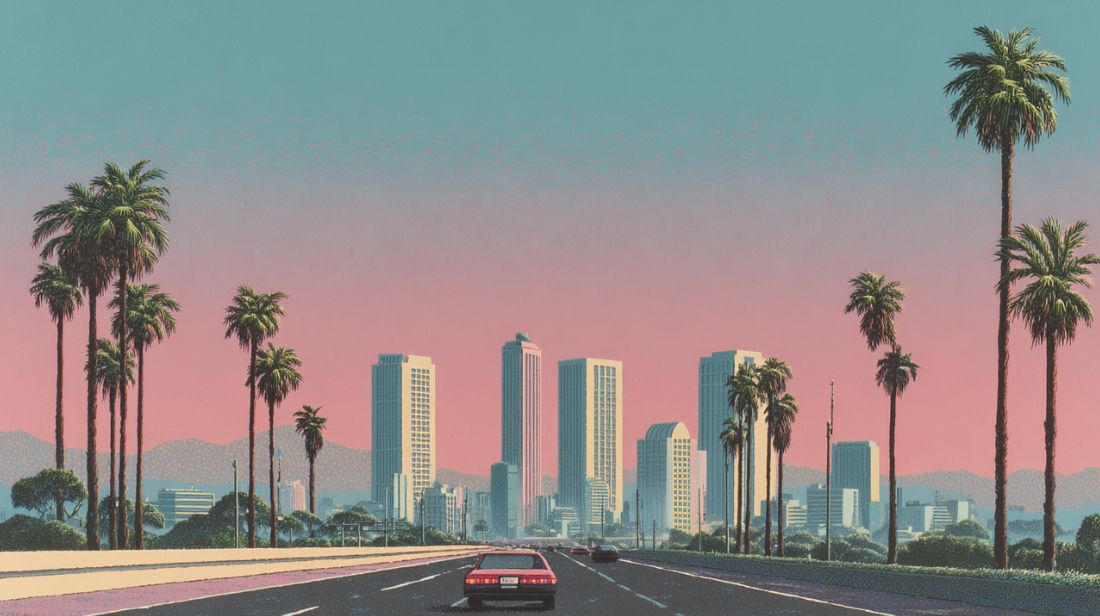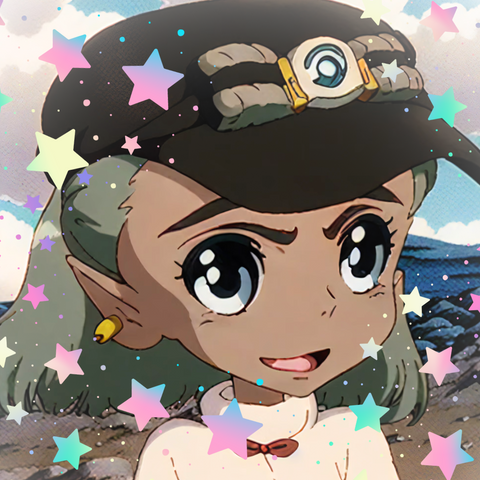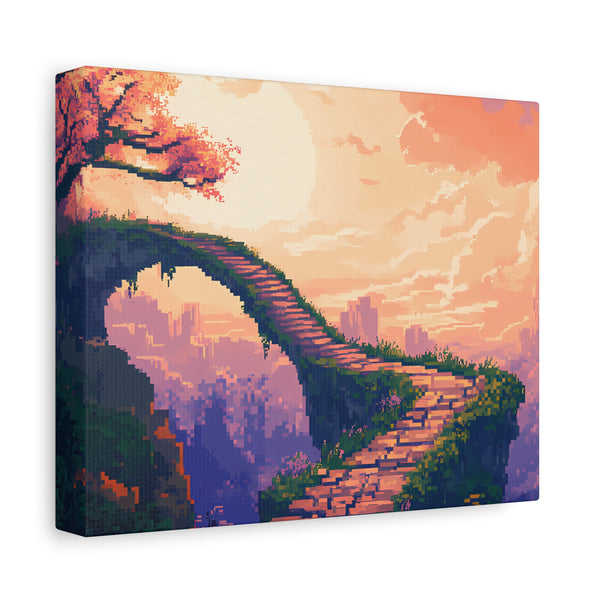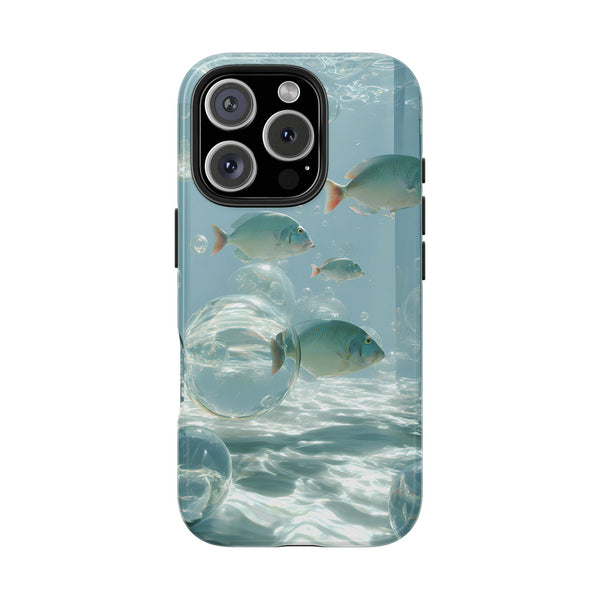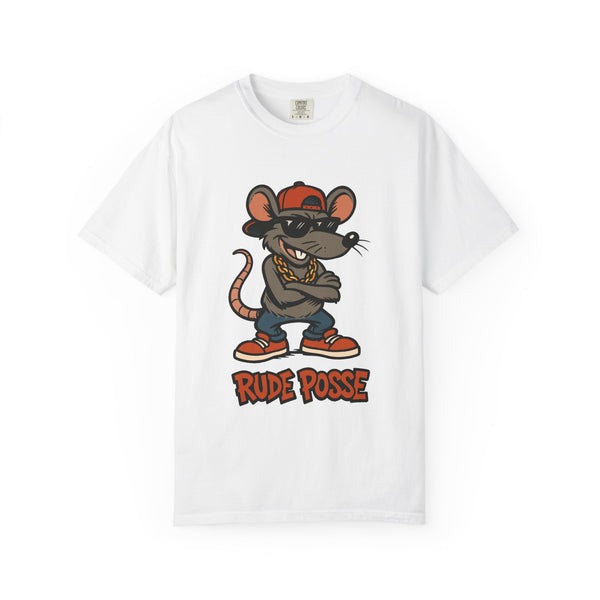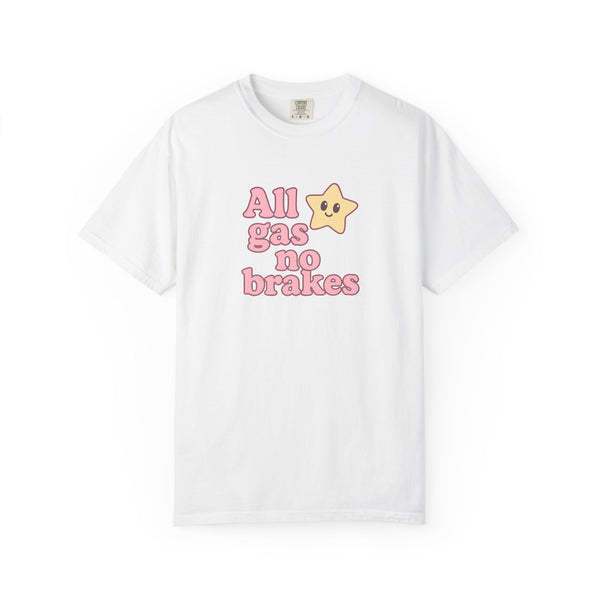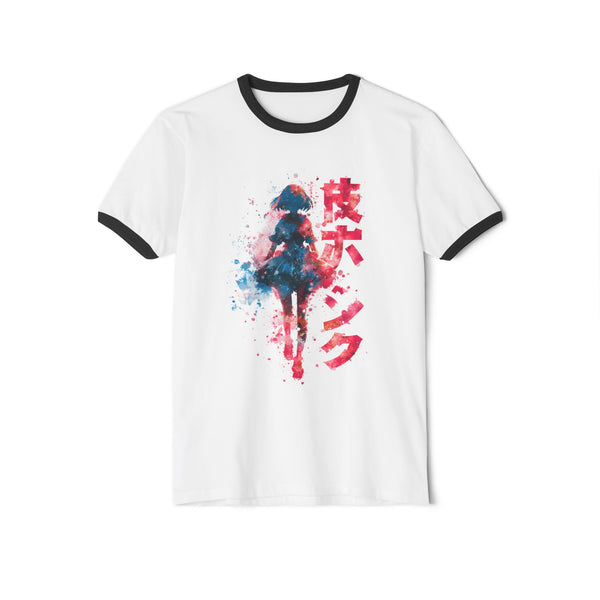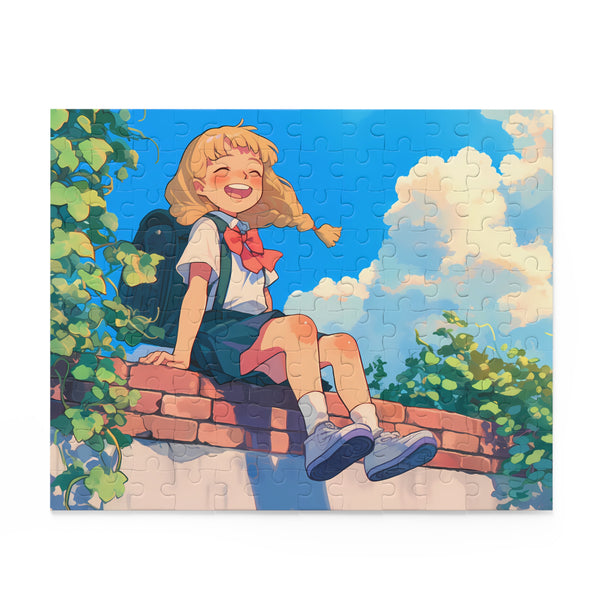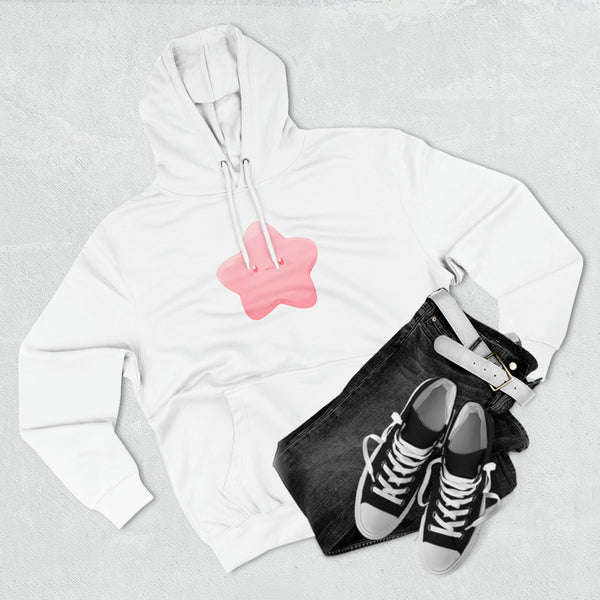In recent years, there has been a renaissance of a genre once nearly forgotten outside of Japan. City Pop, a form of smooth, synthesized, and cosmopolitan pop music born in 1980s Japan, has found its way back into the public consciousness.
But its revival is more than just musical. It’s aesthetic. It’s emotional. It’s visual. And it speaks to something timeless: the dream of a future that never quite happened, wrapped in the velvet glow of analog nostalgia.
The resurgence of City Pop isn't merely about the music, it's also about the vibe: the vibrant album covers, the pastel-infused art, the clean lines of 1980s Japanese consumer modernity, and a distinctly airy optimism captured in sun-drenched cityscapes.
This article explores the evolution of the City Pop aesthetic, from its roots in 1980s Japanese culture, to the art and album covers that defined it, and the modern embrace by new generations seeking escape, beauty, and meaning in a digitally saturated world.
The Birth of City Pop: Japan’s Urban Soundtrack
A Sonic Reflection of an Economic Miracle
City Pop emerged in the late 1970s and flourished throughout the 1980s, a time when Japan was undergoing a rapid economic transformation. Tokyo was becoming a megacity of innovation, neon lights, high fashion, and consumer technology.
Against this backdrop, Japanese musicians crafted a new sound that married Western pop, funk, jazz, boogie, R&B, and early electronic music, filtered through a uniquely Japanese lens.
Artists like Tatsuro Yamashita, Mariya Takeuchi, Anri, Miki Matsubara, Toshiki Kadomatsu, and Taeko Ohnuki became the standard-bearers of a genre that blended coastal escapism with cosmopolitan sophistication. Lyrics often spoke of summer romances, night drives, heartbreak in skyscraper shadows, and the freedom of youth.
City Pop was a lifestyle soundtrack for Japan’s upwardly mobile, urban youth.
Technology Meets Emotion
The music relied heavily on state-of-the-art analog and early digital tech: Roland synths, drum machines, gated reverb snares, and multi-track recording, imbuing it with a clean, spacious sound that still resonates today.
It was music meant to be played from cassette decks in Japanese sports cars like the Toyota Soarer, or while cruising through Shibuya with the sunroof open.
Visual Worldbuilding: The Aesthetic Language of City Pop
Album Covers as Artifacts
If City Pop was the sound of urban fantasy, the album covers were its portals. Often minimal, bright, and surreal, they featured idyllic beach scenes, hyper-clean architecture, angular typography, and airbrushed dreamscapes.
Artists like Eizin Suzuki painted iconic covers that became synonymous with the genre. His vivid depictions of palm trees, convertibles, and pastel skies defined the fantasy of West Coast living as seen from Japan’s metropolis.
The influence of 1980s graphic design is unmistakable: gradients, chrome text, airbrush art, and a reverence for clean modernism. Covers like “For You” by Tatsuro Yamashita or “Timely!!” by Anri are studied for their soft power, the way they project both luxury and longing, crisp order and emotional escape.
Intersecting Aesthetics: Fashion, Architecture, and Media
City Pop’s visual language was not limited to album covers. It extended into fashion (oversized suits, short haircuts, high-waisted pants), commercial ads, anime backgrounds, and architectural photography.
The Metabolism architecture movement with its modular, futuristic designs—especially seen in buildings like the Nakagin Capsule Tower—also fed the aesthetic of urban possibility and technological grace.
Television programs, commercials, and magazine spreads from the 1980s reinforced this style: sleek cars, resort lifestyles, video cassettes, and the promise of a modern life filled with convenience, beauty, and rhythm. It was a future that gleamed with potential, lit by the glow of cathode-ray screens.
It's telling that the City Pop aesthetic provided an early backdrop for digital space as a whole, and why the aesthetic still dominates digital space today. Its resurgence parallels the rise in digital world dominance, but the signs of its influence have been around since the early 90's.

Pictured above, 1992's Sonic the Hedgehog 2 featured a level seemingly born out of parts of the City Pop Aesthetic, a modern West Coast fantasy land with neon palm trees and a sparkling city skyline over a body of water in the distance. The perfect example of the way elements of this Japanese movement seemingly provided us with an aesthetic backdrop of digital space, one that still resonates strongly today.
Collapse and Obscurity: The Fall of City Pop
By the early 1990s, the Japanese asset price bubble burst, and with it, the optimistic sheen of the City Pop era dulled. Musical trends shifted toward J-Pop idols, visual kei, and eventually more Western-influenced rock and hip-hop. City Pop faded into obscurity, a relic of a lost utopia, boxed in dusty corners of used CD shops.
But as with all cultural ghosts, it only needed time.
Rebirth in the Age of the Internet: Vaporwave, YouTube, and TikTok
The Mariya Takeuchi Effect
In 2017, a YouTube algorithm worked its mysterious magic. “Plastic Love” by Mariya Takeuchi—originally released in 1984—was uploaded by a fan, and the internet took notice. The song became a viral sensation, racking up millions of views. Its slow-jam grooves, hypnotic bassline, and Mariya’s tender vocals pulled listeners into a forgotten dream.
“Plastic Love” became a meme, then a movement. Comment sections filled with wistful declarations from global fans. “I was born in the wrong era.” “This feels like a dream I never had.” “Why does this feel so familiar?”
Vaporwave and Retrofuturism
The Vaporwave movement, with its own love of 80s consumer aesthetics, played a pivotal role in reviving City Pop’s visual world.
Vaporwave borrowed heavily from Japanese advertisements, luxury mall imagery, and neon-glow palettes, essentially echoing the emotional landscape of City Pop’s late-capitalist utopia. The looping saxophones and slowed-down funk of Vaporwave are direct sonic descendants.
Meanwhile, platforms like SoundCloud, Bandcamp, and TikTok allowed producers to remix, sample, and reinterpret City Pop.
Artists like Macross 82-99, Yung Bae, and Night Tempo created “Future Funk”: a bouncy, chopped-up subgenre built on the bones of vintage Japanese pop tracks.
The Aesthetic in the Modern World: Global Embrace and Artistic Integration
Fashion and Design
City Pop visuals are now core elements of modern streetwear, indie zines, music videos, and digital art. Artists and designers worldwide emulate the soft lighting, vapor trails, and dreamy color palettes of the genre’s golden age.
Retro Japanese typefaces, palm trees against fuchsia skies, and old-school Walkman devices reappear in brand campaigns and Instagram mood boards.
The fashion world, too, has embraced the revival. Brands like Wacko Maria, Beams, and even Western labels have tapped into City Pop’s retro-futurist appeal. The aesthetic perfectly straddles nostalgia and chic, ideal for Gen Z and millennials who hunger for authenticity, melancholy, and a sense of faded glamour.
Music Sampling and Homage
Modern musicians like The Weeknd, Tyler, The Creator, and Toro y Moi have all nodded to City Pop’s production values and visual aesthetics. The lush pads, jazzy chords, and nostalgic pacing of 1980s Japanese production are now global currency.
Meanwhile, Japanese artists themselves have begun to reissue vinyls, release remastered versions of old albums, and even tour internationally. City Pop legends are being rediscovered not just by collectors, but by a new generation of listeners who stream the music on Spotify, sample it on TikTok, or hunt down cassette reissues for analog authenticity.
Why City Pop Matters Today
In an age of hyperconnectivity, burnout, and information exhaustion, the world of City Pop offers a sanctuary. It’s optimistic but bittersweet, clean but emotional, retro but futuristic. It evokes a world where you could fall in love on a sun-drenched coastal road, sip iced coffee in a neon-lit lounge, or drift off to sleep with the warm hum of cassette tape static.
City Pop is less about Japan’s past than it is about our shared longing for a slower time, for elegant simplicity, for a perfect summer that never quite existed but still feels real in our hearts.
Riding the Wave of Dream Logic
The evolution of the City Pop aesthetic from a domestic genre tied to 1980s affluence to a global visual and musical movement demonstrates the cyclical nature of culture. What was once buried in thrift bins and dusty crates has become a symbol of beauty, nostalgia, and emotional resonance in the digital world.
Whether you find yourself scrolling through nostalgic Youtube playlists, listening to vinyl reissues, or watching the sun set behind high-rise towers with “Stay With Me” playing in the background, you are tapping into the dream logic of City Pop: a wistful, melodic portal to a world just out of reach, and yet, somehow, always within us.
Recommended Artists & Albums to Explore City Pop:
-
Mariya Takeuchi – Variety (1984)
-
Tatsuro Yamashita – For You (1982)
-
Anri – Timely!! (1983)
-
Taeko Ohnuki – Sunshower (1977)
-
Toshiki Kadomatsu – After 5 Clash (1984)
Visual Artists and Designers to Explore:
-
Eizin Suzuki – Painter of iconic City Pop covers
-
Hajime Sorayama – Retro-futurist art that inspired aesthetic culture
-
1980s Japanese Advertisement Archives – YouTube treasure troves of pure aesthetic gold
Let the cassette spin. Let the city lights blur. And let City Pop guide you home.
